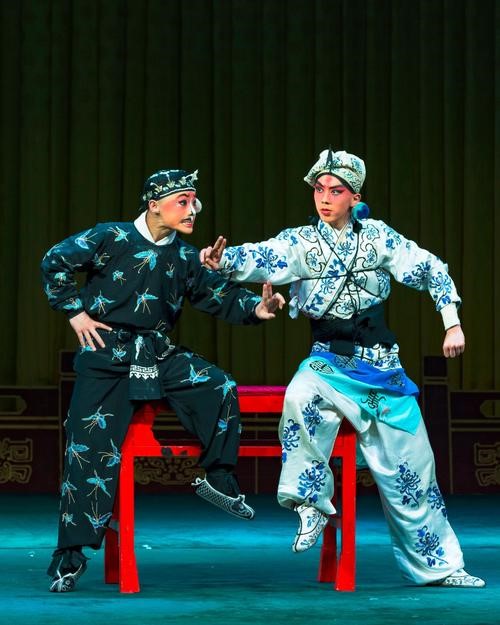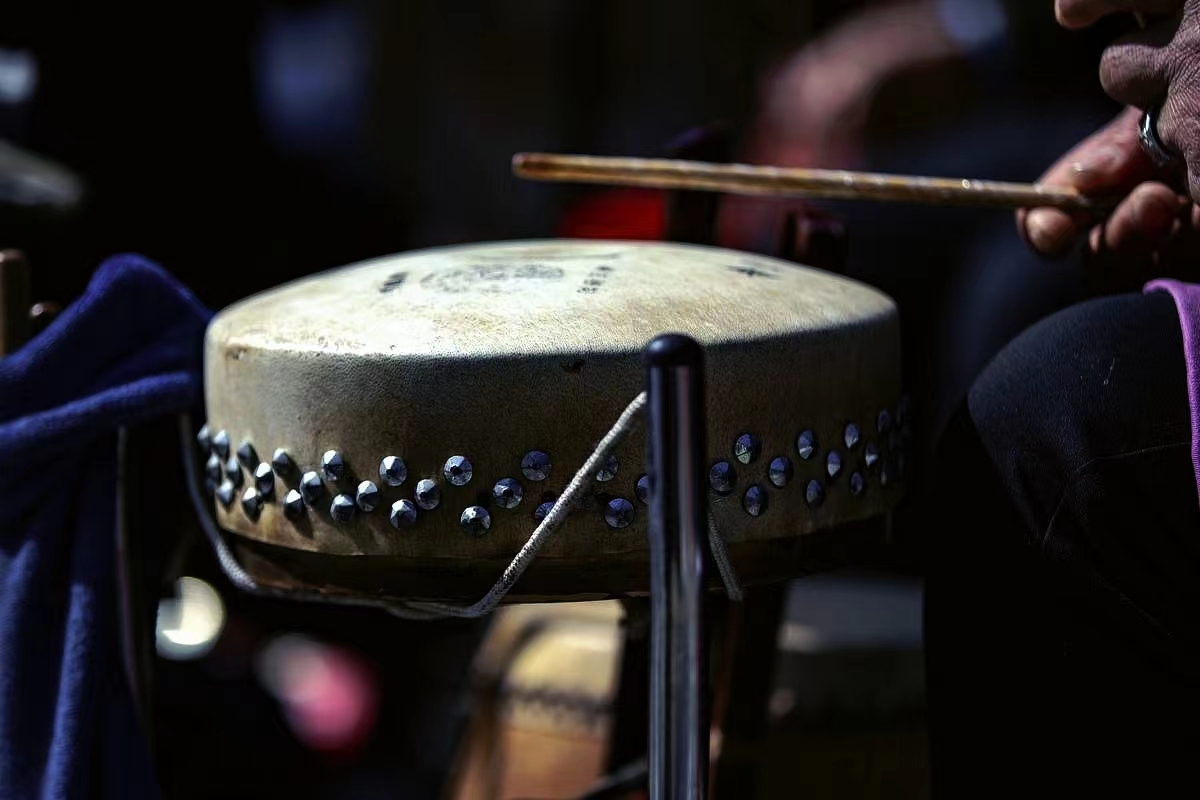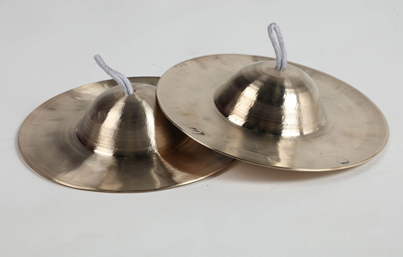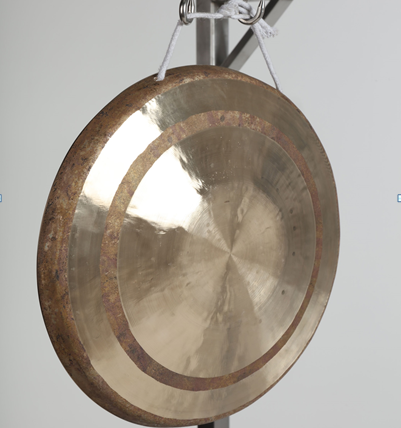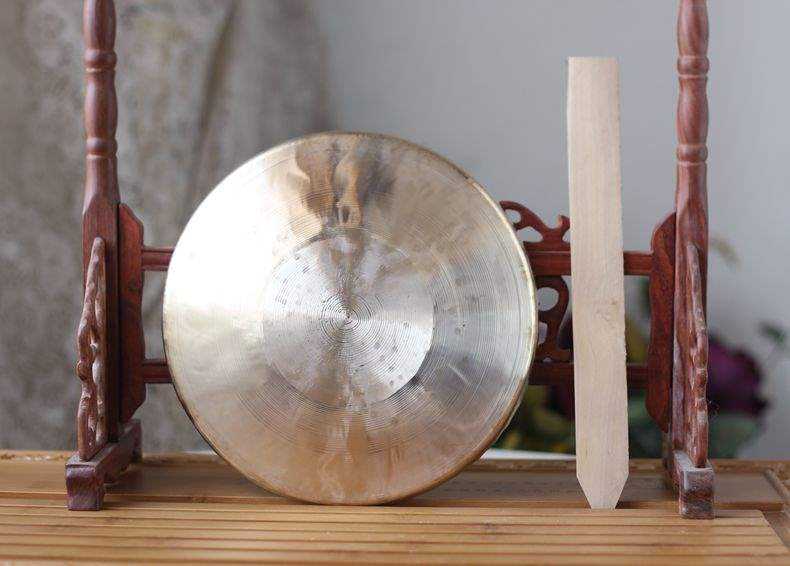京剧(Beijing
Opera)
清代乾隆五十五年(1790年)起原在南方演出,多以安徽籍艺人为主的四大徽班陆续进入北京,与来自湖北的汉调艺人合作,同时接受了昆曲、秦腔的部分剧目、曲调和表演方法,又吸收了一些地方民间曲调,通过不断的交流、融合,最终形成京剧。
京剧在文学、表演、音乐、舞台美术等各个方面都有一套规范化的艺术表现形式。京剧的唱腔属板式变化体,以二簧、西皮为主要声腔。京剧伴奏分文场和武场两大类,文场以胡琴为主奏乐器,武场以鼓板为主。京剧的角色分为生、旦、净、丑、杂、武、流等行当,后三行已不再立专行。各行当都有一套表演程式,唱念做打的技艺各具特色。京剧以历史故事为主要演出内容,传统剧目约有一千三百多个,常演的在三四百个以上。
京剧流播全国,影响甚广,有“国剧”之称。京剧是中华民族传统文化的重要表现形式,其中的多种艺术元素被用作中国传统文化的象征符号。2006年5月,京剧被国务院批准列入第一批国家级非物质文化遗产名录。 2010年,被列入联合国教科文组织非物质文化遗产名录(名册)人类非物质文化遗产代表名录。
In the fifty-fifth year of Qianlong in the Qing Dynasty (1790), it
was originally performed in the south. Four Anhui troupes, mainly Anhui
artists, entered Beijing one after another, cooperated with artists from Hubei,
accepted some repertoires, tunes and performance methods of Kunqu Opera and
Qinqiang Opera, and absorbed some local folk tunes. Through continuous
communication and integration, Peking Opera was finally formed.
There is a set of standardized artistic expression in Beijing Opera:
literature, performance, music, stage art and other aspects. The
accompaniment of Peking Opera can be divided into two categories: Wenchang
(mainly singing and dialogue) and Wuchang (martial arts). The musical
instrument in Wenchang is Hu Qin, and the drum Mainly in Wuchang. The roles of Peking Opera are
divided into Sheng, Dan, Jing, Chou, etc. Each character has a different
performance program. With historical stories as the main performance content,
there are more than 1,300 traditional repertoires, and more than 300 or 400 are
often performed.
Beijing Opera has spread all over the country, with a wide
influence, and is known as "national opera". Beijing Opera is an
important manifestation of Chinese traditional culture, in which many artistic
elements are used as symbols of China traditional culture. In May 2006, Peking
Opera was approved by the State Council to be included in the first batch of
national intangible cultural heritage list. In 2010, it was listed in the
UNESCO Intangible Cultural Heritage List as the representative list of human
intangible cultural heritage.
板鼓BanGu
槌击膜鸣乐器,因常与拍板由一人兼奏而得名,并有“单皮”(一面蒙皮)和“班鼓”(过去戏班专用)之称,最早出现于唐朝,随着明清戏曲艺术的发展,广泛用于昆曲、京剧等地方戏曲伴奏中在,是中国戏曲乐队中的指挥乐器。
鼓身用优质硬木料制作,由5块较厚木板拼合而成,鼓身直径25厘米,中间振动发音的鼓面仅有5~10厘米,鼓膛呈八字形,鼓边高9.5厘米。鼓皮用牛皮,绷紧于整个板面直到鼓的底边。蒙皮的鼓膛部分,是敲击发音部位。板鼓发音的高低,取决于鼓膛的大小和蒙皮的松紧。为保持鼓皮的张力,所钉鼓钉较多,并在底部箍以铁圈。
Drumsticks hit the "membrane" sounding instrument, which is named because it is often played with clappers by one person. It is also known as "single skin" (with one skin covered) and "class drum" (used exclusively by troupes in the past). It first appeared in the Tang Dynasty, and with the development of opera art in Ming and Qing Dynasties, it was widely used in the accompaniment of Kunqu opera, Beijing opera and other local operas. It is the conductor instrument in China opera bands.
The drum body is made of high-quality hard wood, which is made up of five thick wooden boards. The diameter of the drum body is 25 cm, the middle vibrating surface is only 5 ~ 10 cm, in the bottom of drum is the shape of an octagon , and the drum edge is 9.5 cm high. The skin of the drum is made of cowhide, which is stretched on the whole panel until the bottom edge of the drum. The center part of the drum surface is the percussion pronunciation part. The pronunciation of the drum depends on the size of the drum cavity and the tightness of the drum skin. In order to keep the tension of the drum skin, more drum nails are nailed, and an iron ring is tied at the bottom.
铙钹NaoBo (Cymbal)
中国传统京剧伴奏打击乐器,有大小不同的多种形制。在大锣和小锣中间加强节奏,并起联系作用。有时也代替大锣配合某些武打动作。普遍应用于长江以北传统戏曲音乐中
China traditional Peking Opera accompaniment percussion instruments.There are many shapes of different sizes. Strengthen the rhythm between the big gong and the small gong, and play a connecting role. Sometimes, instead of gong, it also matches some martial arts movements.Are widely used in traditional opera music in the north of the Yangtze River.
大锣(Big Gong)
铜制,直径约30公分,有锣门(即锣心,直径约10公分的圆平面)、锣边(与锣心相连的外围斜面)两部分。奏时左手持锣绳,使锣面垂直,右手持击槌,以槌头(用布裹成)击打锣门或锣边而发音。锣音高亢。
京剧所用形体较小,称京锣。多用于武将或袍带人物的上下场,或战争及配合突变的情感等。
Made of copper, with a diameter of about 30 cm, it has two parts: gong door (i.e. the centre of the gong, round plane with a diameter of about 10 cm) and gong edge (peripheral slope connected with gong core). When playing, hold the gong rope in your left hand, make the gong face vertical, hold the hammer in your right hand, and strike the door or edge of the gong with the hammer head (wrapped in cloth) to pronounce it. The gong is loud.
Peking Opera is called Jingluo because of its small form. It is mostly used for the going up and down of military commanders or people in robes, or for wars and sudden changes of emotions.
小锣(Samll Gong)
铜制,直径约20余公分。演奏时左手食指、拇指掐住锣边,右手持锣板(长约17公分的竹片),以锣板下端侧面斜棱击打锣门或锣边而发音,发音清朗。多用于文人、女性或诙谐人物(如丑角)的上下舞台和配合各种表演上的小动作。
Made of copper, about 20 cm in diameter. When playing, the left index finger and thumb pinch the gong edge, and the right hand holds the gong board (bamboo piece about 17cm long), and strikes the gong door or the gong edge with the oblique edge at the lower side of the gong board to pronounce it clearly. It is used for many literati, women or witty characters (such as clowns) to go up and down the stage and cooperate with various performances.
以上为部分品牌产品展示 ,具体请关注图中二维码
The following are some of the brand products show ,
please scan the QR code in the picture
